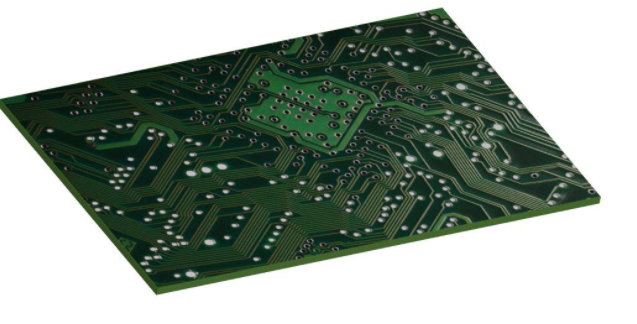Circuit board factory: BGA short circuit part of the reason
The circuit board assembly foundry reported that the BGA had a short circuit problem. The result of the analysis was that the amount of solder paste was too much, and the amount of solder paste was too much because the printing thickness of the "solder mask" and silkscreen layer (silkscreen) was too large. Caused by thick.
Theoretically speaking, the inconsistency of the thickness of the green paint and the silk screen layer may indeed cause the difference in the thickness of the solder paste printing and the amount of solder paste, because the thicker green paint and the silk screen layer will If the gap between the steel plate (stencil) and the circuit board (PCB) is too large, the amount of solder paste printed will increase.
I wonder if you have encountered this similar problem?
The following are the basic size specifications of each BGA:
Ball pitch: 0.65mm
Ball diameter: 0.36~0.46mm
Ball height: 0.23~0.33mm

According to the analysis and reply of the SMT processing factory, because this board has two different suppliers, and the actual measurement of the solder mask and silkscreen printing of these two suppliers found that The difference in thickness is 27.1um, so the difference in the amount of solder paste is caused.
Under the condition that all solder paste printing conditions are unchanged, actually use the circuit boards produced by these two different circuit board manufacturers to print solder paste. After measuring the amount of solder paste, the volume of the two solder pastes is found The difference is nearly 16.6%. Therefore, the SMT factory infers that the short-circuit problem lies with the PCB manufacturer. This inference is somewhat doubtful?
First of all, if the printed volume of solder paste has such a significant impact on the BGA short circuit, why did the SPI (Solder Paste Inspection Machine) not catch it first at the beginning of production, but wait until Reflow to view the X-Ray results? Isn't it a bit too late?
Secondly, the working margin of this amount of solder paste is too small. Can PCB manufacturers control the thickness of the green paint and silk screen layer so accurately? Will similar problems continue to occur in production in the future?
In fact, this 16.6% difference in the amount of solder paste can be adjusted back with the speed of the squeegee and the pressure of the squeegee. After all, it is only caused by the gap. Adjusting the speed of the squeegee or increasing the pressure can overcome this difference in the amount of solder paste. The key point is whether the prior SPI has really caught the key points that should be caught, for example, what range should the overall solder paste volume be controlled within, that is, not just look at the printed area of the solder paste, but also calculate the thickness of the solder paste. The amount of tin in the entire solder pad, so that the quality can be controlled.
In addition, the thickness printing capacity of the green paint and silk screen layer of PCB manufacturers should also be regulated, and they should be included in the inspection items when the materials are fed, so as not to affect the yield rate when mass production is continued in the future.